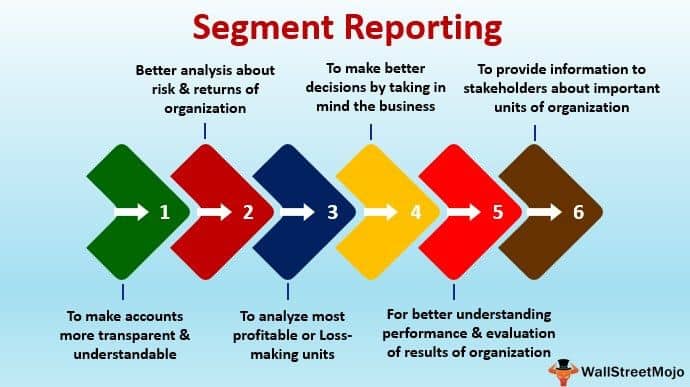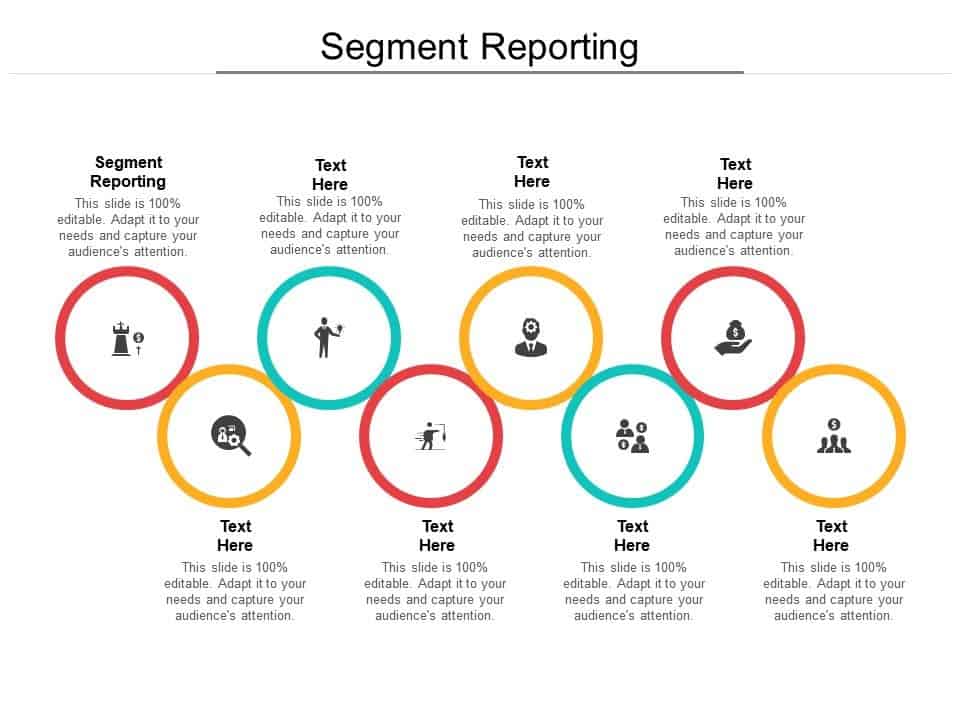Businesses that elect to employ segment reporting or ones that fall within the scope of IAS 14 (International Accounting Standard 14) must report their financial performance along product or service or along geographical lines. All companies that are stock market listed must report financial information on the profit and loss account and the balance sheet along product and service lines and also along geographical lines.
Under IAS 14 (International Accounting Standard 14) a publicly listed company must perform two forms of segmentation reporting which are;
- Primary segment reporting
- Secondary segment reporting

IAS 14 gives guidance that a business should apply in defining or constructing segments. As part of the guidance the standard warns against defining segments employing the following bases;
- A business should not define or construct its segments solely for external reporting purposes but they should also take into account the internal information needs.
- Business units should have a 10% materiality threshold; that is businesses should not classify business units into segments unless if the segment makes up at least 10% of the reporting entity.
- The revenue streams of the business segments must be at least 75% of consolidated revenue stream.
Financial information to disclose in primary segment reporting
According to guidance from IAS 14 the product or services category of a business is likely to be classified as the primary segment and the geographical locations must be classified as the secondary location.

There is minimum mandatory financial information that a business must disclose in its financial statements as part of segment reporting for each primary segment which are;
- The revenue earned by each business segment and the reporting entity must also separately disclose revenue earned externally from customers and inter company or inter segment income separately
- The operating profit before interest and taxes (PBIT) of each segment and the entity must also disclose non cash expenses such as bad debts, provisions and depreciation charges for each segment.
- On the balance sheet the reporting entity must also disclose the carrying amount of each segment assets and the carrying amount of each segment liabilities. When reporting assets the entity must disclose the cost incurred in acquiring fixed assets such as property, plant and equipment. The carrying amounts for intangible assets such as goodwill must also be disclosed.
Financial information to disclose in secondary segment reporting

The reporting entity must also disclose the following financial as part of the information disclosed for each secondary segment which is likely to be by geographical location;
- revenue earned by location
- carrying amount of segment assets by location
- carrying values for fixed assets such as property, plant, equipment and intangible assets for each location
Conclusion
Rules governing segment reporting are covered under IAS 14 which requires financial information of segments or business to be reported to the senior management and externally. All companies that are exchange listed must report financial information on the profit and loss account and the balance sheet along product and service lines and also along geographical lines.


















